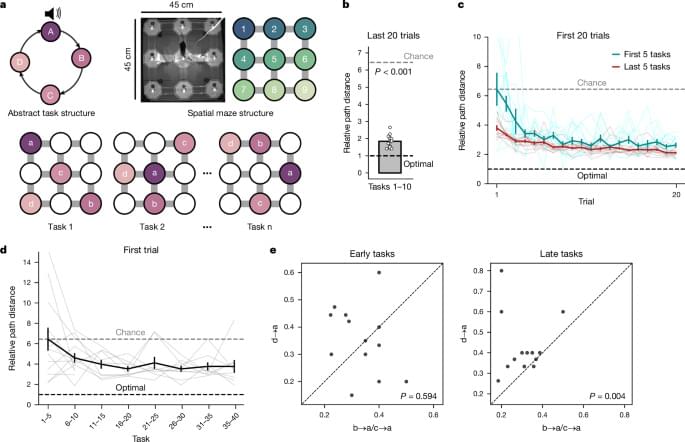Using functional magnetic resonance imaging (fMRI) data, the research team identified 24 networks with different functions,…
MIT researchers created the most comprehensive map yet of the functions of the brain’s cerebral cortex. Using fMRI, the team identified 24 networks with different functions, which include processing language, social interactions, visual features, and other sensory input.








